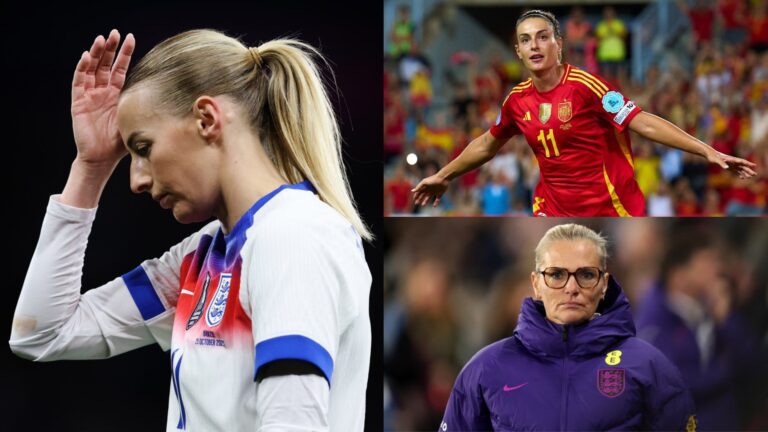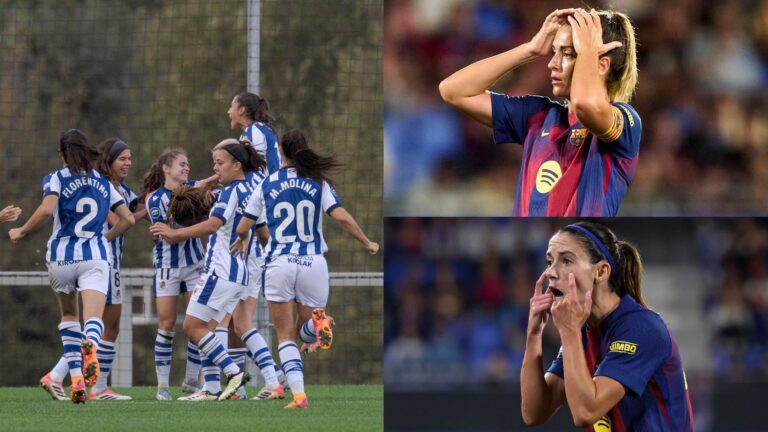The Fierce Debate Surrounding Maya Le Tissier’s Position in England’s Defense
The discussion about where Maya Le Tissier fits best on the field has ignited passionate debates among fans and experts alike, especially in the wake of England’s recent successes. As a standout player for Manchester United and a key asset for the Lionesses, her role has become a focal point of scrutiny, highlighting the complexities of team strategy and player versatility in women’s football.

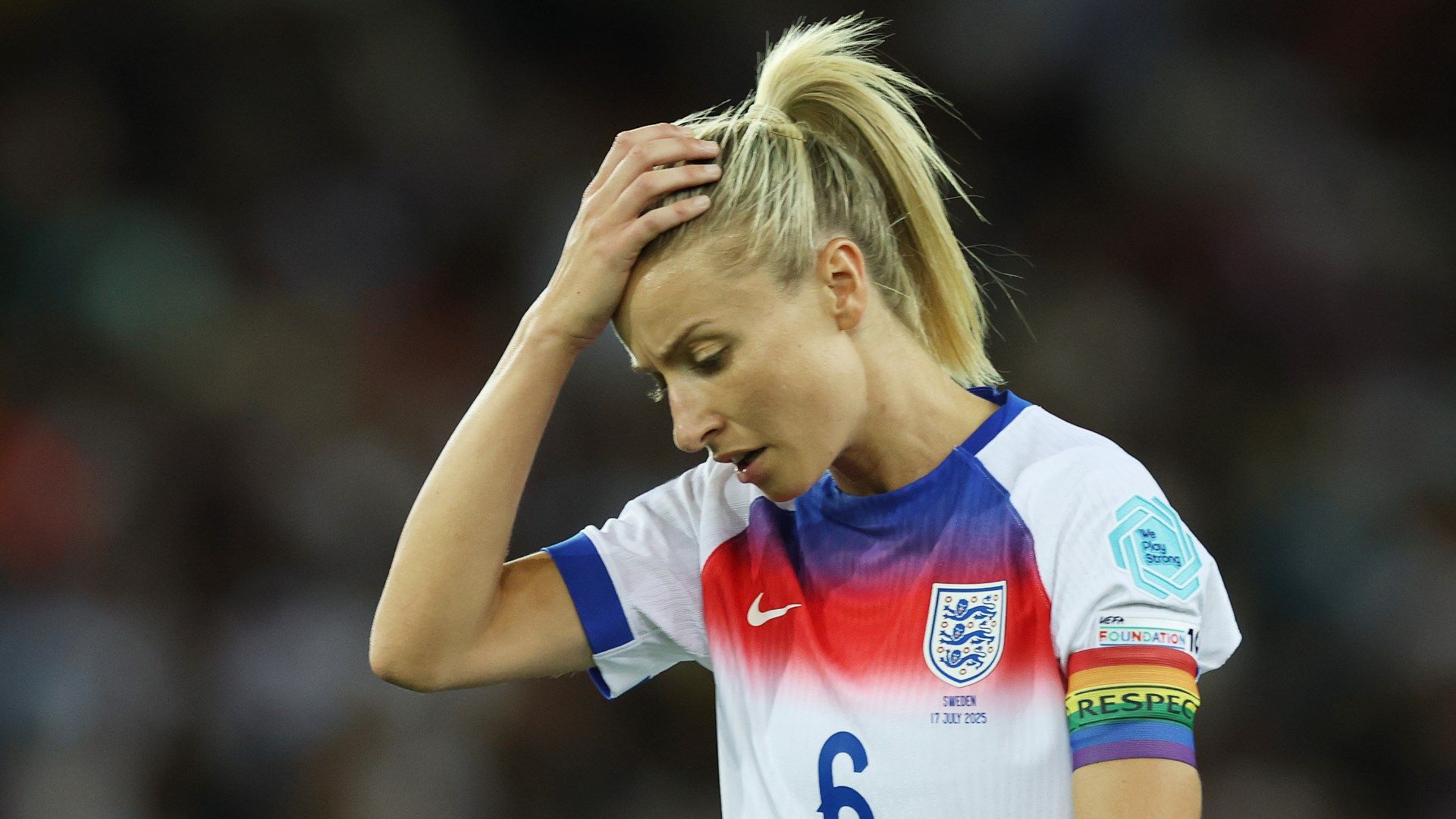
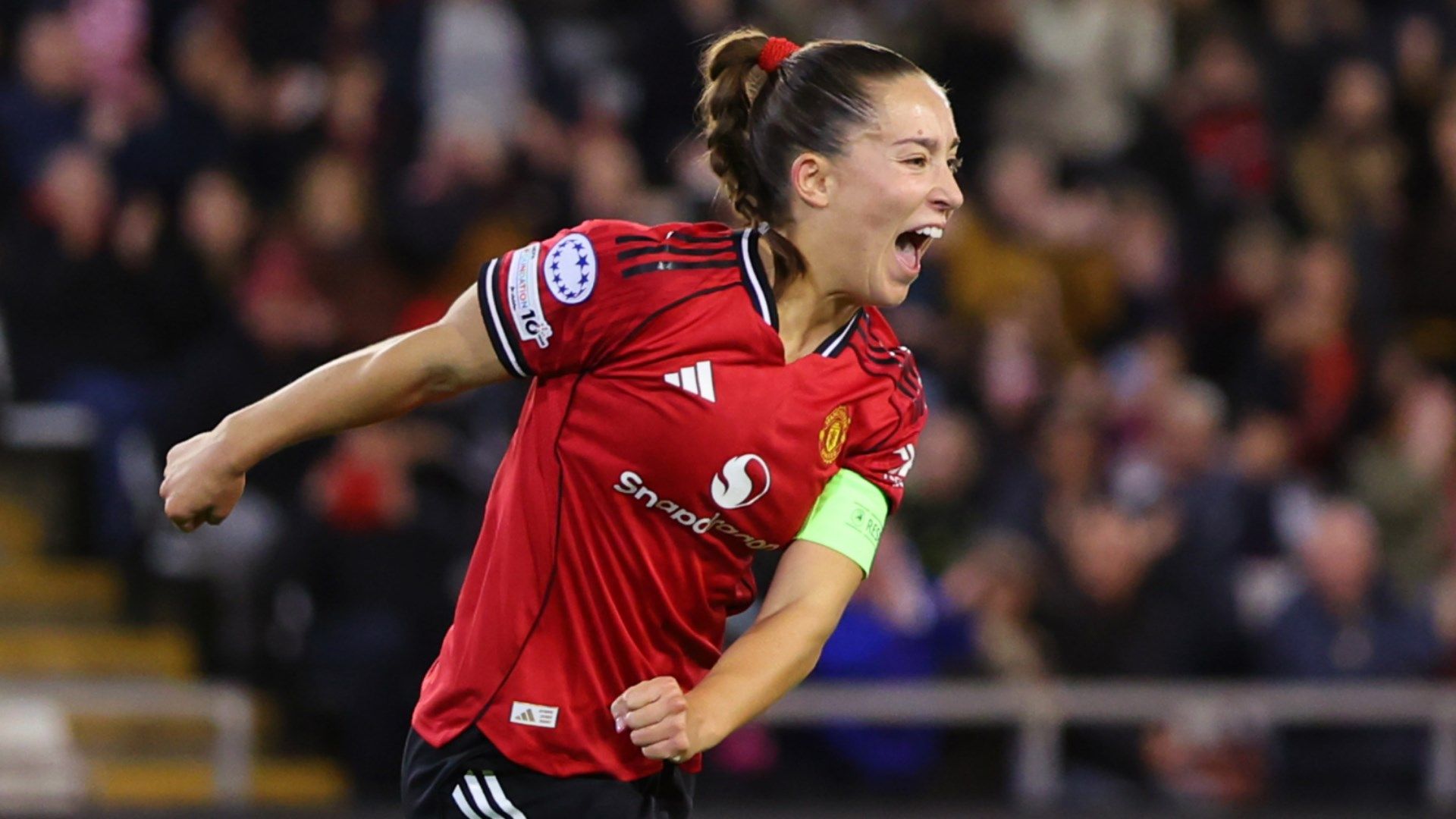
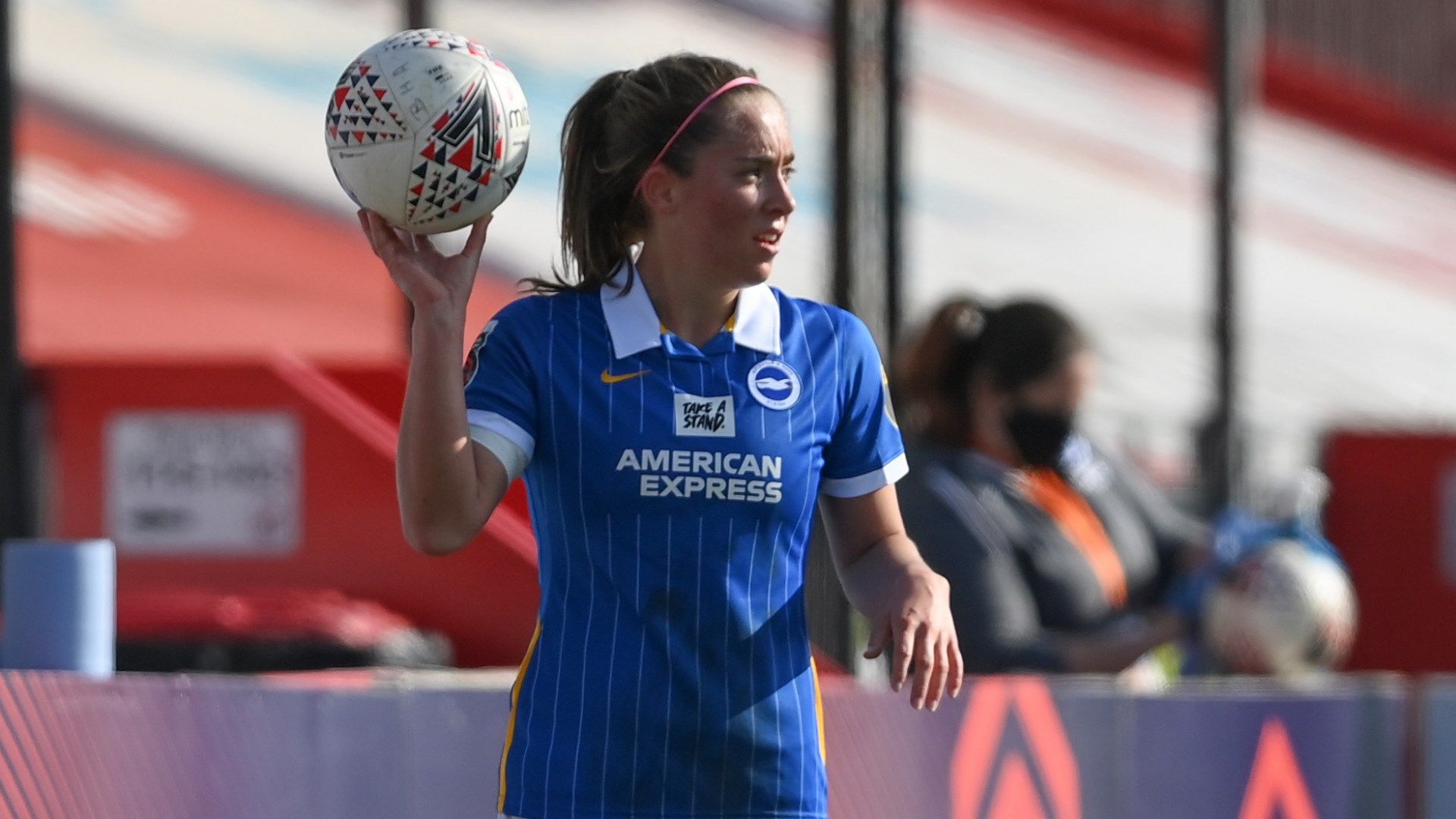
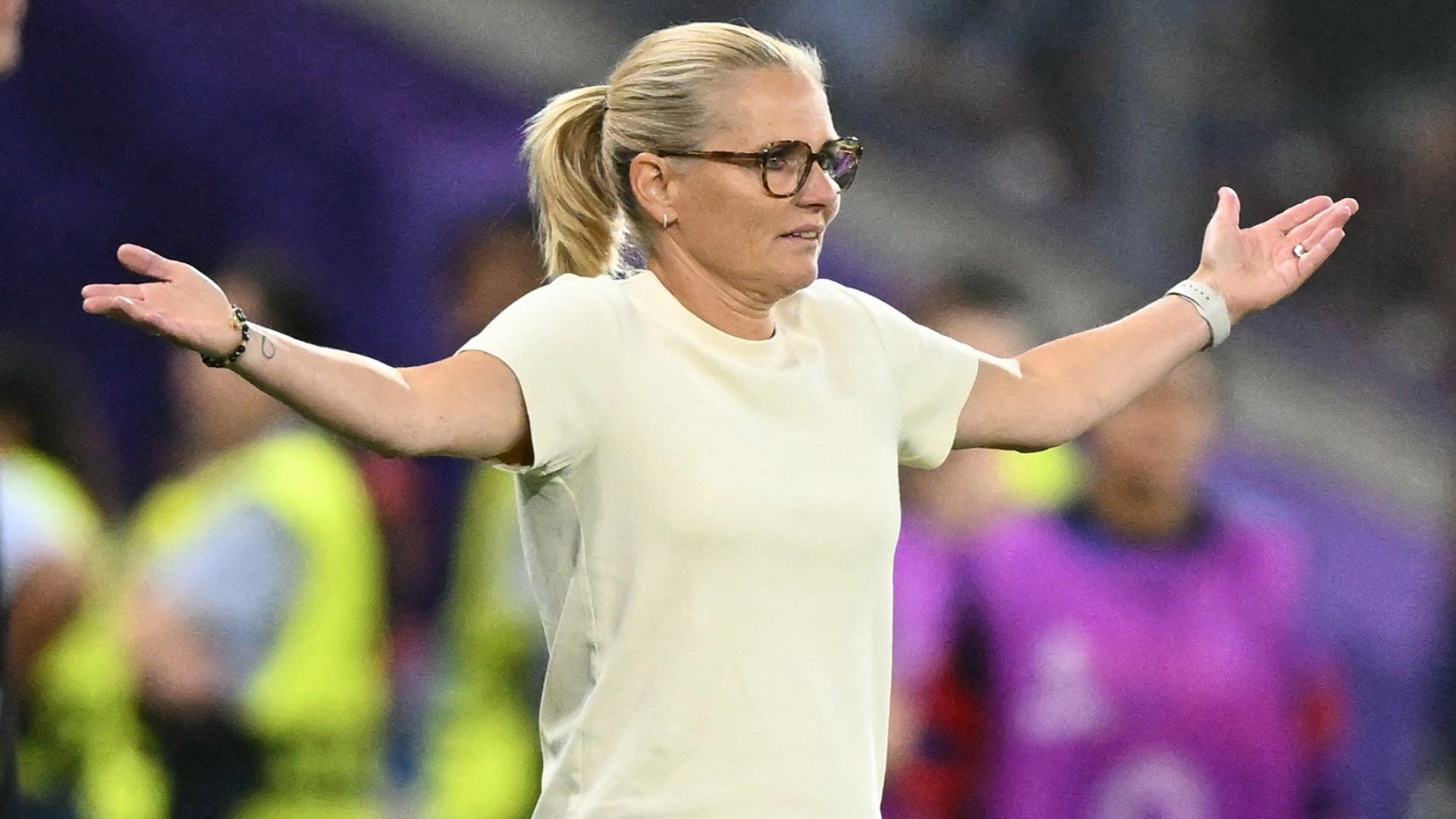
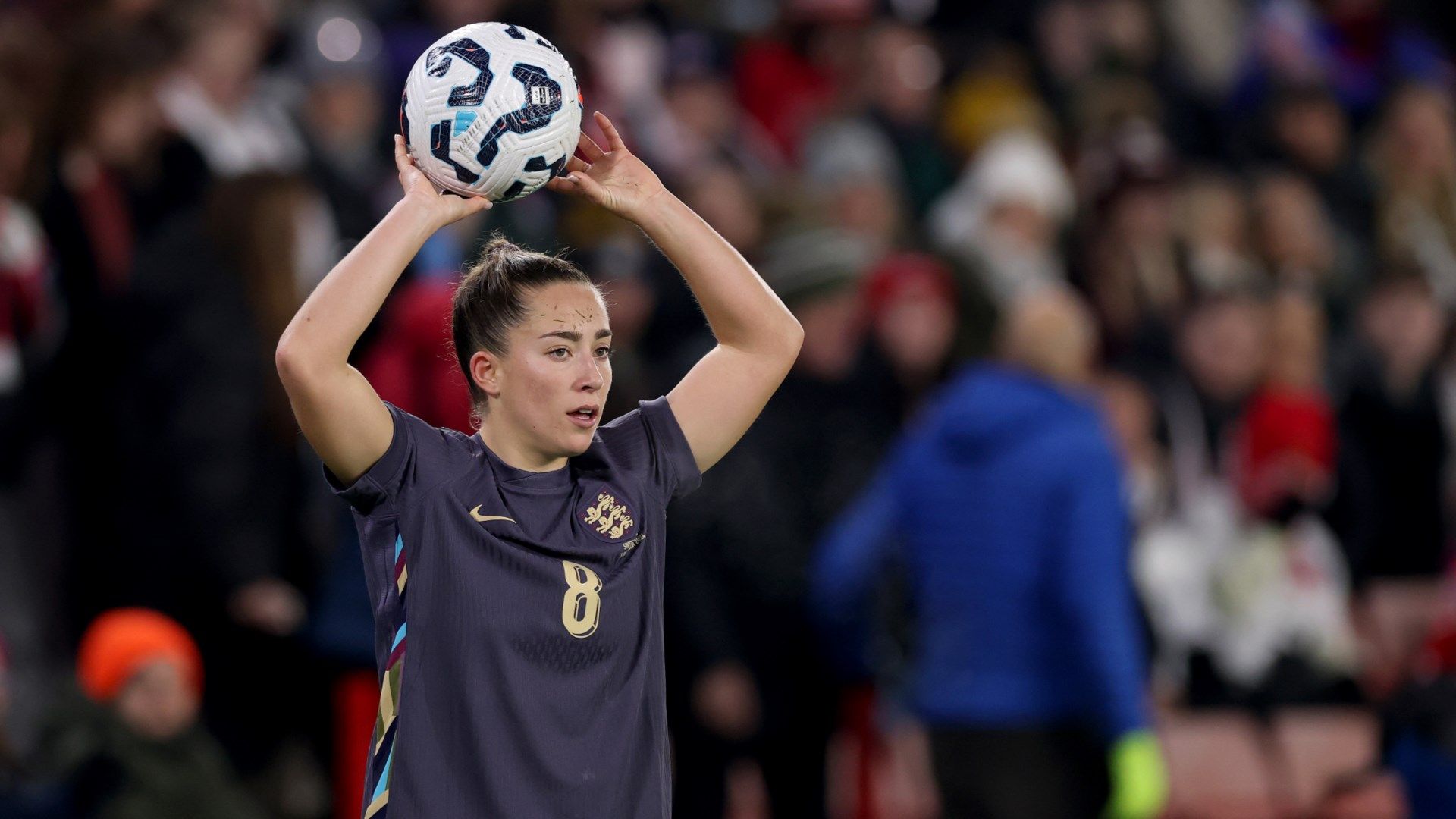
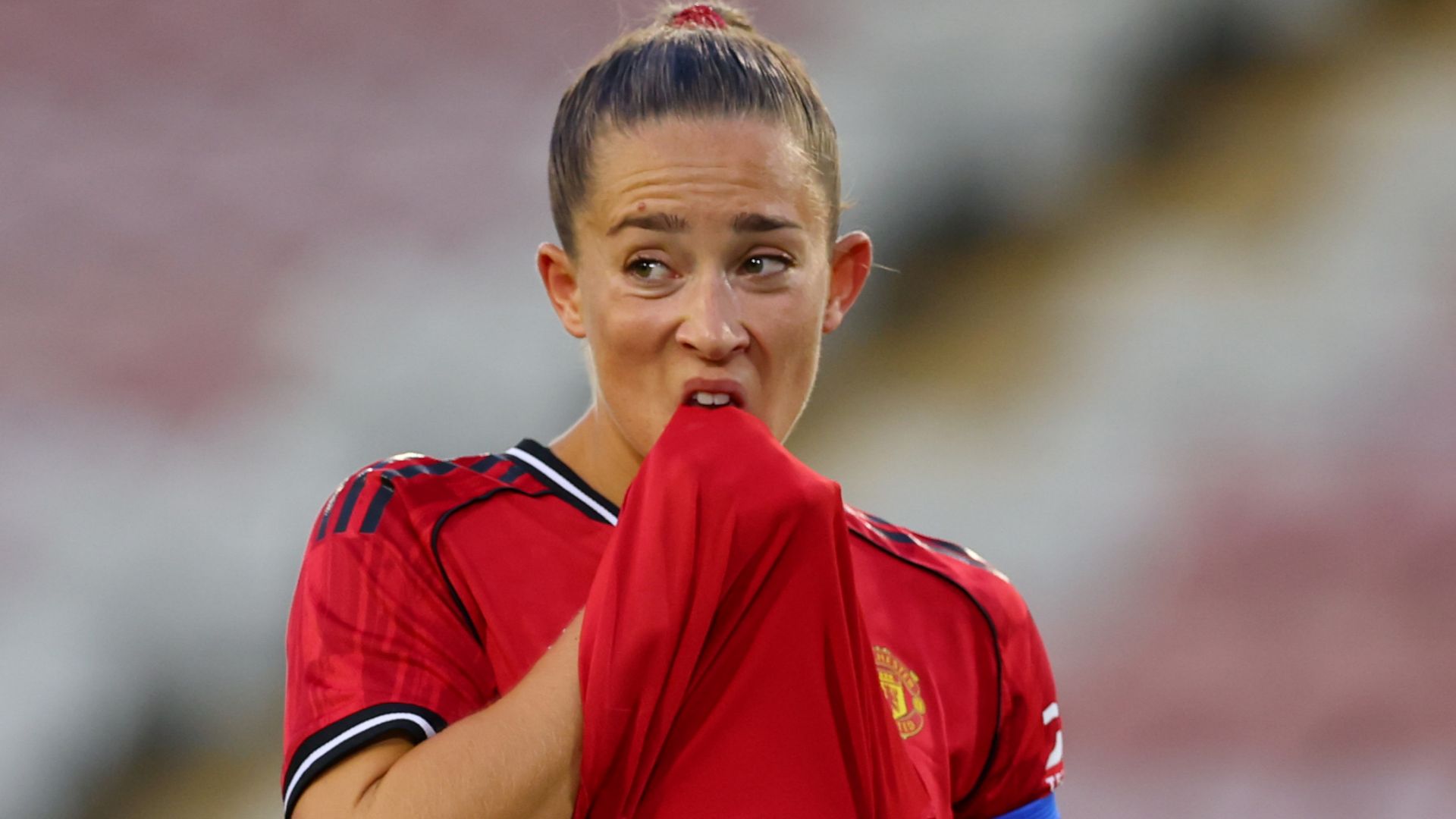
Wiegman’s Stance and the Ensuing Backlash
This ongoing controversy gained fresh momentum when Sarina Wiegman, the Lionesses’ head coach, reiterated her preference for positioning Maya Le Tissier as a right full-back, despite her dominance at centre-back for her club. During a recent media session following the squad announcement after the 2025 European Championship victory, Wiegman explained that while Le Tissier’s club performances are strong, the team’s priorities lean towards her original role on the flank.
Social Media Storm and Expert Opinions
The remarks quickly triggered widespread reactions online, with Manchester United’s social media team jumping in to highlight Le Tissier’s extensive history at centre-back, noting her starts in that position across nearly all her appearances for the club. Meanwhile, former player Ian Wright voiced his confusion publicly, praising Le Tissier as one of the most dependable English defenders in the Women’s Super League, which only fueled the intensity of the discussion.
Current Challenges in England’s Defensive Lineup
The debate has taken on greater significance amid the Lionesses’ current defensive uncertainties during this international period.
Injuries and Absences Impacting the Squad
England is grappling with several setbacks at centre-back, including Leah Williamson’s ongoing recovery from an injury picked up during the championship, potentially ruling her out for upcoming matches. Add to this Millie Bright’s decision to step away from international duty and the removal of promising youngster Katie Reid from the roster, and the team finds itself with fewer reliable options than usual in central defense.
Available Players and Their Readiness
Despite these gaps, Wiegman has alternatives like Esme Morgan, who has been a go-to choice lately, and Jess Carter, whose strengths lie more centrally rather than on the left where she was previously utilized. Other potentials include Lotte Wubben-Moy for the right side of central defense and Alex Greenwood, who has solidified her spot on the left, with Grace Fisk stepping in as a recent addition.
Le Tissier’s Outstanding Form at Manchester United
Yet, none of these players are matching the exceptional level Maya Le Tissier is achieving right now.
Key Contributions to United’s Success
In her second year as captain for the Red Devils, the 23-year-old has been instrumental in maintaining a robust defense through the initial matches of the season, aiding in qualification for the Women’s Champions League and an unbeaten record in the WSL. Her efforts have resulted in eight clean sheets, where she leads in clearances and is among the top for blocks, exemplified by her standout performance in a victory against Atletico Madrid despite being a player short.
Beyond Defense: Her Role in Possession
Le Tissier’s influence extends to ball distribution, where she tops the league in touches and completed passes, boasting an impressive accuracy rate and excelling in medium and long-range deliveries, underscoring her evolution as a pivotal playmaker from the back.
The Roots of Wiegman’s Preference for Right-Back
So, what drives Wiegman’s view of Le Tissier as a right-back rather than a centre-back?
Early Career Shifts at Brighton
Le Tissier’s initial foray into professional football saw her in a central role at Brighton, but under manager Hope Powell, she was shifted to the right following the arrival of a new defender, a move that capitalized on her athletic prowess and added flexibility to the lineup.
Adaptation and Recognition
At just 18, she adapted seamlessly, contributing to Brighton’s strong league standing and deep cup run, earning her the Young Player of the Year award consecutively before moving to Manchester.
Youth International Experience
Parallel to her club career, Le Tissier was a mainstay at centre-back for England’s youth sides, leading them to success, but began featuring more on the right as her adaptability shone through, coinciding with Wiegman’s appointment.
England’s Historical Needs at Right-Back
Wiegman inherited a squad lacking depth on the right, relying heavily on stars like Lucy Bronze, with limited backups that forced unconventional choices in the past. In the years since, few new talents have emerged, making Le Tissier’s prior experience in that position a valuable asset.
Long-Term Stakes for Le Tissier’s Career
This positioning choice carries potential ramifications for the player’s future development.
Balancing Versatility and Specialization
Although England boasts depth at centre-back with established players like Williamson and Greenwood, utilizing Le Tissier’s multi-role capabilities for right-back coverage makes strategic sense currently. However, at only 23, her consistent excellence at United suggests she could become a cornerstone for England if given the chance to shine in her preferred spot.
Missed Opportunities and Future Prospects
The present international break presented a prime chance for Le Tissier to step up amid absences, yet she’s likely to be deployed on the flank instead. The key question remains whether Wiegman’s approach will evolve, as failing to do so might hinder what could be a decade-long reign for her as a starting centre-back.
The Ongoing Debate Surrounding Maya Le Tissier’s Position
Background on Maya Le Tissier and Her Rise in Women’s Football
Maya Le Tissier’s journey in women’s football has been nothing short of impressive, capturing the attention of fans and experts alike. As a key player for Manchester United and the England national team, she’s often discussed in the context of the Maya Le Tissier role debate. Le Tissier, known for her versatility, has primarily shone as a defender, but questions about her ideal position have sparked heated conversations. Her ability to read the game, deliver precise passes, and contribute to attacks makes her a valuable asset, yet this very versatility has led to scrutiny over whether she’s being utilized effectively.
In recent years, Le Tissier’s performances have highlighted her strengths in central defense, where she excels at intercepting plays and organizing the backline. Manchester United fans have celebrated her contributions, with stats showing her involvement in several clean sheets during the Women’s Super League (WSL) seasons. However, the Maya Le Tissier role debate often centers on whether pushing her further up the pitch could unlock even more potential, a topic that’s gained traction among pundits and coaches.
Sarina Wiegman’s Criticism of Le Tissier’s Role
Sarina Wiegman, the head coach of the England women’s team, has been vocal in the Maya Le Tissier role debate, particularly regarding the England defender’s position. Wiegman has pointed out that while Le Tissier is a talented player, her deployment in certain matches hasn’t always maximized her defensive strengths. In interviews, Wiegman has emphasized the need for balance in team setups, suggesting that Le Tissier’s occasional shifts to midfield or wing-back roles might dilute her impact as a dedicated center-back.
For instance, during Euro qualifiers, Wiegman critiqued tactical decisions that saw Le Tissier stretched thin, arguing that this could expose vulnerabilities in England’s defense. Her comments have fueled discussions around player positioning in international football, with many agreeing that Le Tissier’s best attributes-such as her aerial prowess and one-on-one defending-are most effective when she’s anchored at the back. This criticism from Wiegman has added a layer of intrigue to the debate, prompting fans to question how national team strategies align with club performances at Manchester United.
- Key points from Wiegman’s perspective:
- Emphasizes defensive stability over versatility in high-stakes games.
- Calls for clearer role definitions to enhance team cohesion.
- Highlights potential risks of over-relying on Le Tissier’s adaptability.
Perspectives from Manchester United on the Role Debate
At Manchester United, the Maya Le Tissier role debate takes on a different flavor, with club coaches and teammates often defending her current positioning. United’s management has praised her for her reliability in defense, noting how her presence has bolstered the team’s WSL campaigns. Critics from within the club, however, have echoed some of Wiegman’s concerns, suggesting that Le Tissier’s talents might be underutilized if she’s not given more freedom to influence build-up play.
In team analyses, Manchester United’s approach has sometimes involved rotating Le Tissier between defense and midfield, which has led to mixed results. Supporters argue that this flexibility gives United an edge in competitive matches, but others point out that it could lead to inconsistency. The debate here often ties into broader discussions about women’s football tactics, with keywords like “England defender position” frequently appearing in fan forums and analyses.
- Pros of Manchester United’s stance:
- Allows Le Tissier to contribute to both defense and offense.
- Boosts team adaptability in fast-paced WSL games.
- Cons raised by critics:
- May lead to fatigue and reduced focus on core defensive duties.
- Potentially limits her long-term development as a specialist.
Ian Wright’s Take on the Controversy
Ian Wright, the former Arsenal striker and respected football pundit, has weighed in on the Maya Le Tissier role debate with his characteristic passion. Wright has criticized what he sees as outdated positioning strategies for England defenders, specifically calling out the hesitation to evolve Le Tissier’s role. In his commentary, he’s argued that players like Le Tissier deserve more creative freedom, suggesting that keeping her strictly in defense might stifle her growth.
Wright’s perspective adds a dynamic element to the debate, as he often draws parallels between Le Tissier’s situation and other high-profile cases in women’s football. He points to her technical skills, like her ability to carry the ball out of defense, as reasons why she could thrive in a more advanced role. This has resonated with younger fans, sparking conversations on social media about the future of the England defender position under Wiegman’s leadership.
Other Voices in the Maya Le Tissier Role Debate
Beyond Wiegman, Manchester United, and Ian Wright, other figures in women’s football have contributed to the Maya Le Tissier role debate. Former players and analysts have shared insights on podcasts and articles, emphasizing the need for personalized player development. For example, ex-England internationals have debated whether Le Tissier’s physical attributes make her a natural fit for a sweeper role, while others advocate for her as a box-to-box player with more attacking responsibilities.
The conversation extends to broader themes in women’s football, such as the balance between defensive solidity and offensive flair. Fan communities often highlight statistics, like Le Tissier’s assist counts versus her tackle success rates, to support their views.
- Notable opinions from other experts:
- Some coaches argue for hybrid roles to suit modern tactics.
- Analysts point to Le Tissier’s youth as a factor for experimentation.
- International comparisons show similar debates in other teams, like in the US Women’s National Team.
This multifaceted debate continues to evolve, offering valuable lessons on player management in women’s football and influencing how clubs like Manchester United and the England team approach the England defender position. By examining these perspectives, readers can gain a deeper understanding of the strategic nuances at play in the sport.




